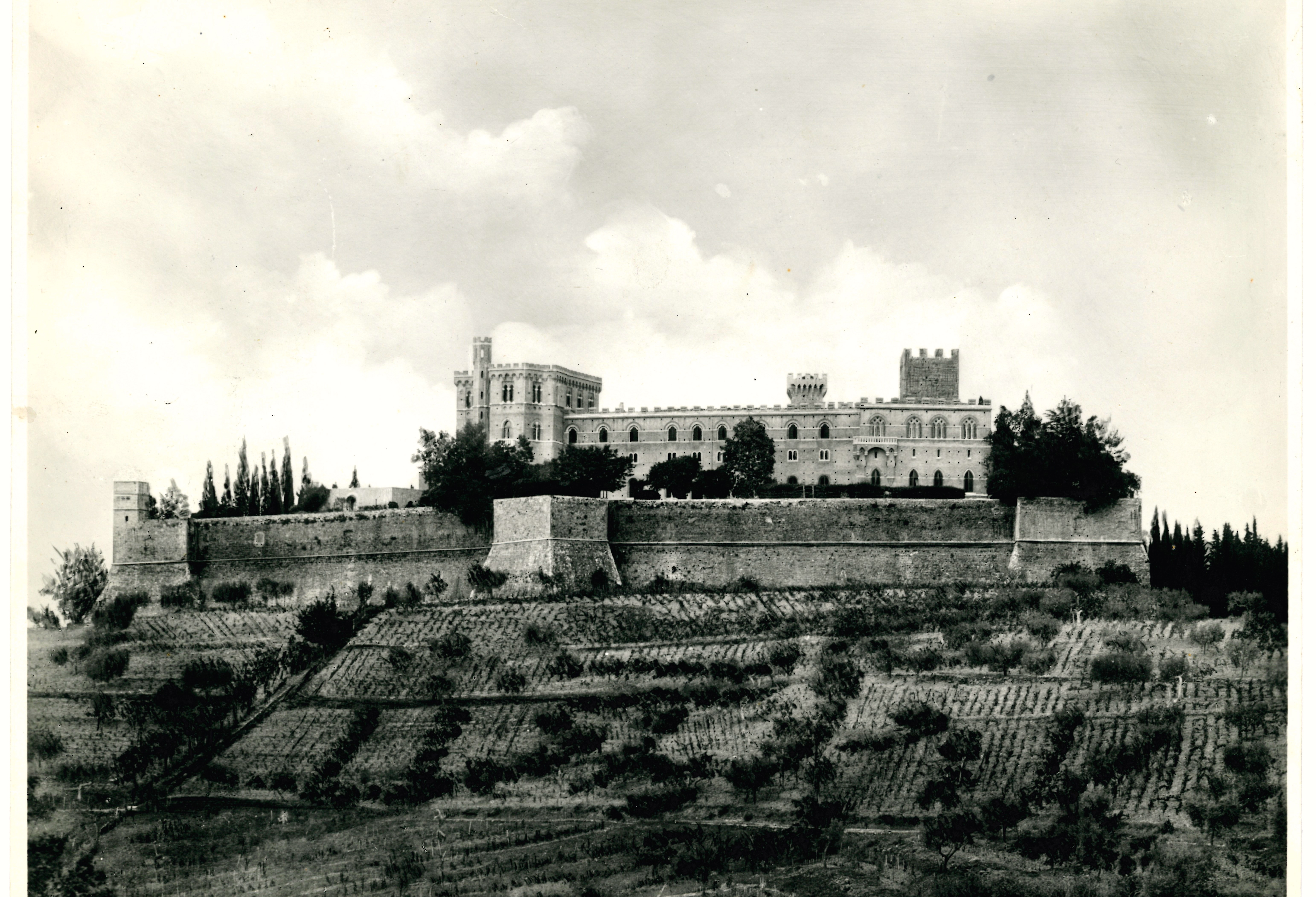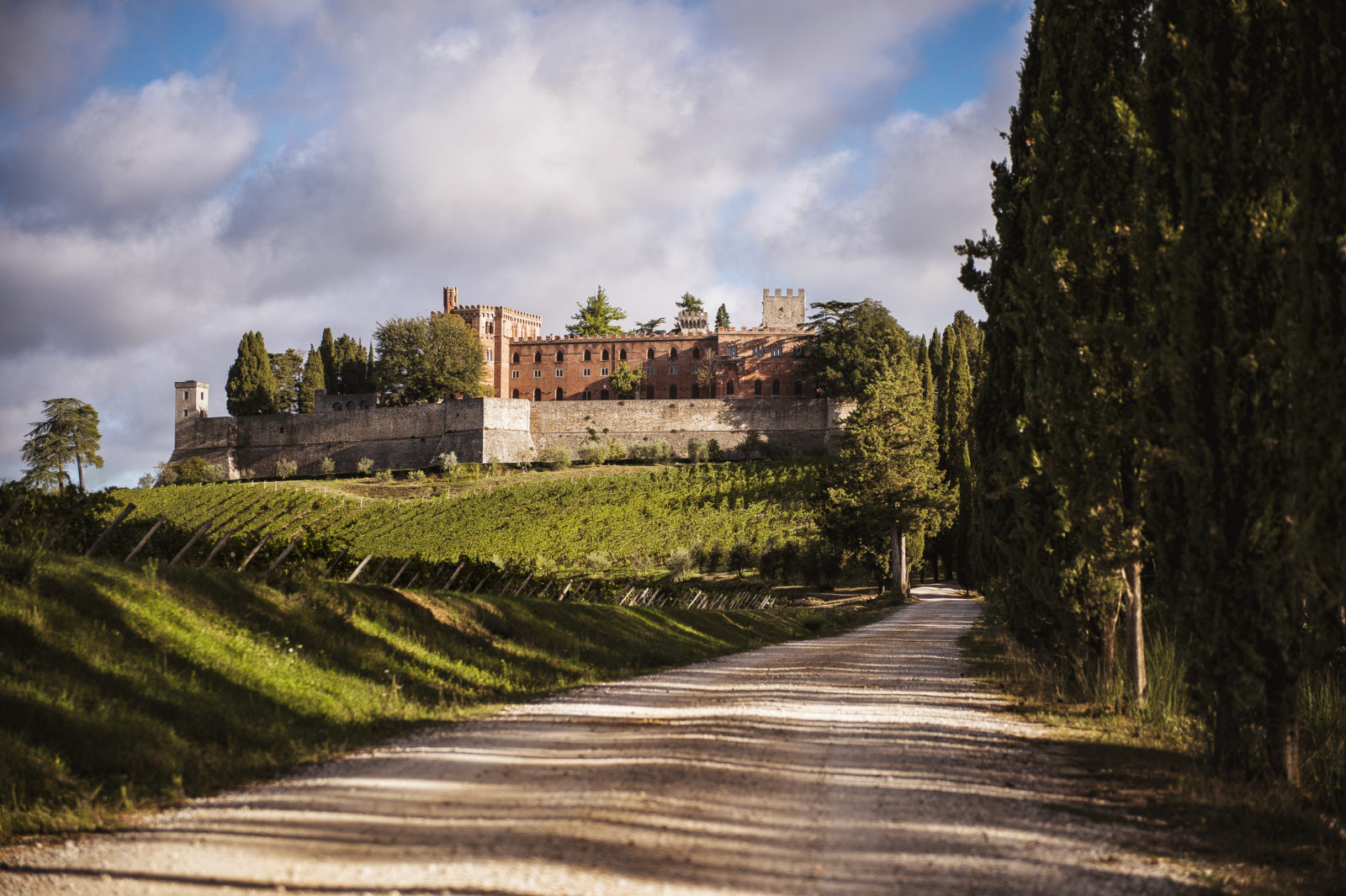

Today we’ll look at history
25 April, 2019Today we’ll pick back up more or less where we had left off, halfway through last century after having recounted the events in World War II that touched on Brolio Castle.
In the Brolio Castle library (unfortunately not open to the public), located just over the Armory, we found a very interesting small text which describes the Castle and all the area of Brolio in the period after the Second World War. This library has thousands of texts and documents about Brolio (and much more), and if one had the time and inclination, months could be spent researching, reading, consulting and learning.
Here we’ll just share an evocative description that very precisely depicts the areas nearby in the postwar period.
Arriving from Florence on the road that leads to Greve and Radda, at Ponte a Stielle turn onto the Strada di Castelnuovo and drive along for a few scenic kilometers through the woods. After passing on the right a stone building once used as a press for the olives that grow so abundantly in this area, and on the left the Madonna a Brolio Chapel, take the cypress-lined road going uphill. At the beginning of this road there are two memorial stones dedicated to the opening of the Strada del Chianti, which we just travelled on to arrive here. The inscriptions are from the words of Abbot Lambruschini, member of the renowned Italian language research institute, Accademia della Crusca, and close friend of the Baron Bettino Ricasoli. Continue uphill along the curvy road between cypresses and through thick woods until at the last curve the great walls of the Castle appear on the right. Notice the beautiful effect created by the difference between the very tall and unadorned walls and the cypresses that cling to one side of the road. Go through the main entrance which is decorated by a plaque recalling the visit made in 1773 by the Archduke Pietro Leopoldo, Grand Duke of Tuscany. One can see in a niche corresponding to the entrance gate a painting and an interesting fresco by Alessandro Franchi depicting Saint George killing the dragon. Continue climbing in a spiral motion towards the Castle and you arrive in a small square. On the left there is the Chapel built in 1316 and dedicated to Saint James. On its façade, a mosaic representing that Saint; inside, on the walls beside and behind the altar, Murano mosaics of New Testament events based on the drawing by the painter Alessandro Franchi from Siena. In the crypt, the tombs of the Ricasoli family.
This description of the road to arrive to the Castle as well as part of the Castle itself seemed so stirring and poetic that we wanted to share it with you.
But our history lessons are not yet finished! In the next part, we’ll share additional fascinating information regarding the Castle keep, and arrive to the period of the Iron Baron, Bettino Ricasoli.
Farewell until the fourth installment!







